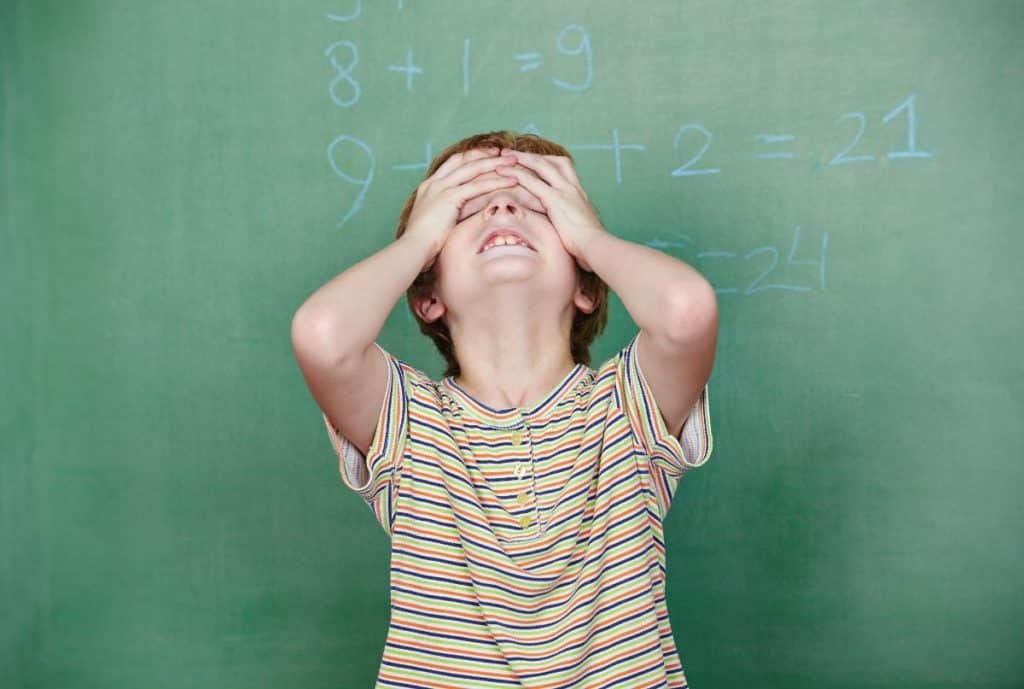
Doing poorly in school traumatizes children. Parents who watch their children struggle with schoolwork daily understand this better than anyone.
However, even parents may not realize how lasting this trauma can be. Panicker and Chelliah (2016) concluded that children with learning disabilities exhibit chronically elevated stress levels, disrupting brain development and learning. In addition, the trauma of doing poorly at school frequently results in negative thoughts that can be deep and lasting (Sapolsky, 2004). A negative self-image can detrimentally impact a child’s life beyond school if left unchanged.
Dyslexia is a well-known learning disorder affecting reading, spelling, writing, and speaking abilities. Although lesser known than dyslexia, dyscalculia — sometimes called math dyslexia, number dyslexia, and math learning disability — is equally common and can be a debilitating problem in school and later life. The term “dyscalculia” comes from Greek and Latin and means “counting badly.” The prefix “dys-” comes from Greek and means “badly.” The root “calculia” comes from the Latin “calculare,” which means “to count.”
Table of contents:
- What is dyscalculia?
- How common is dyscalculia?
- What are the symptoms of dyscalculia?
- What causes dyscalculia?
- Treatment of dyscalculia
- How can Edublox help?
What is dyscalculia?
Dyscalculia refers to a wide range of persistent and extreme difficulties in math, including weaknesses in understanding the meaning of numbers and difficulty applying mathematical principles to solve problems.
Dyscalculia differs from the ordinary experience of “being bad at math.” For example, many people may find trigonometry difficult. Dyscalculics, however, may be unable to solve simple problems such as 7+2 or 5×3.
The term developmental dyscalculia may be used to distinguish the problem in children and youth from similar issues experienced by adults after severe head injuries. Developmental dyscalculia is a specific learning difficulty manifested by failure to achieve adequate proficiency in arithmetic despite normal intelligence, sufficient scholastic opportunities, emotional stability, and sufficient motivation.
How common is dyscalculia?
Many people assume that the term learning disability refers to a reading disability. One often hears the saying, “A learning problem is a reading problem.” This, however, is not true. Among students classified as learning disabled, arithmetic difficulties are as prevalent as reading problems. McLeod and Crump found that about one-half of students with learning disabilities require supplemental work in mathematics.
According to the British Dyslexia Association, math dyslexia and dyslexia occur independently and together. Research suggests that 40-50% of people with dyslexia show no signs of dyscalculia. They perform at least as well in math as other children, with about 10% achieving at a higher level. The remaining 50-60% have difficulties with math. Best estimates indicate that somewhere between 3% and 6% of the population are affected with dyscalculia only — i.e., people who only have difficulties with math but have good or even excellent performance in other areas of learning.
What are the symptoms of dyscalculia?
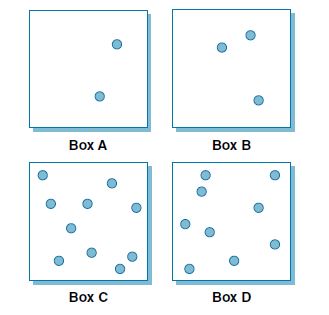
Poor number sense is a core deficit of dyscalculia. Number sense refers to a person’s ability to use and understand numbers.
Another core deficit is poor subitizing. The word ‘subitize’ comes from the Latin meaning ‘sudden.’ It refers to the ability to instantly identify the number of objects in a set without counting. Most people can subitize up to six or seven objects. However, a child with dyscalculia may find this very hard and may need to count even small numbers of objects. For example, if they are presented with two objects, they may count them rather than know there are two.
Other symptoms include:
- Poor understanding of the signs +, -, ÷ and x, or may confuse these mathematical symbols.
- Difficulty with addition, subtraction, multiplication, and division, or may find it difficult to understand the words “plus,” “add,” and “add-together.”
- Poor mental arithmetic skills.
- May have trouble even with a calculator due to difficulties in feeding in variables.
- May reverse or transpose numbers, for example, 63 for 36, or 785 for 875.
- Difficulty with conceptualizing time and judging the passing of time.
- Difficulty with everyday tasks like checking change.
- Difficulty keeping score during games.
- Inability to comprehend financial planning or budgeting, sometimes even at a basic level, for example, estimating the cost of the items in a shopping basket or balancing a checkbook.
- Inability to grasp and remember mathematical concepts, rules, formulae, and sequences.
- May have a poor sense of direction (i.e., north, south, east, and west), potentially even with a compass.
- May have difficulty mentally estimating the measurement of an object or distance (e.g., whether something is 10 or 20 feet away).
- Extreme cases may lead to a phobia of mathematics and mathematical devices.
What causes dyscalculia?

While the environment plays a role — poor teaching or environmental deprivation, for example — there is strong evidence for a genetic basis. For instance, if one twin has dyscalculia, there is a 58% likelihood that their identical twin and a 39% chance that a non-identical twin will also be dyscalculic.
The link also exists between dyscalculics’ parents and siblings: around half of all the first-degree family members of a dyscalculic also have dyscalculia (mothers, 67%; fathers, 41%; brothers, 53%; sisters, 52%), and 43% of the second-degree relatives. This prevalence is around tenfold higher than expected for the general population. However, there are no gender differences (Kadosh & Walsh, 2007).
Then again, although some causes of dyscalculia have a genetic origin, cognition mediates brain-behavior relationships and therefore offers a sufficient explanation for developing principled interventions. We thus need to understand the cognitive difficulties that underpin math failure, regardless of whether their origin is constitutional or environmental (Elliott & Grigorenko, 2014).
Mathematics consists of three aspects:
- Foundational skills
Research has shown that visual perception, visual memory, visuospatial memory, working memory, and logical thinking (which makes problem-solving possible) are foundational math skills.
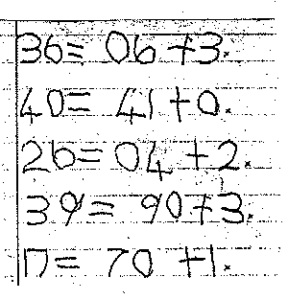
Visual perception refers to the process of interpreting and organizing visual information. Visual perception is often subdivided into areas such as visual discrimination and visual memory. Visual discrimination involves the ability to attend to and identify a figure’s distinguishing features and details, such as shape, orientation, color, and size. Visual memory refers to the ability to remember a visual image.
A study by Kulp et al. concluded: “Poor visual perceptual ability is significantly related to poor achievement in mathematics, even when controlling for verbal cognitive ability. Therefore, visual perceptual ability, and particularly visual memory, should be considered to be amongst the skills that are significantly related to mathematics achievement.”
Szűcs and team (2013) from the University of Cambridge, UK, set out to compare various potential theories of dyscalculia in more than a thousand 9-year-old children. The researchers found that children with math dyslexia showed poor visuospatial memory performance. For example, they performed poorly when they had to remember the locations of items in a spatial grid. Furthermore, the results of a study by Mingozzi et al. (2023) led the researchers to recognize a visuospatial memory deficit as the main characteristic of children with mathematical difficulties.
Working memory difficulties have also been associated with developmental dyscalculia. Geary suggests that poor working memory resources lead to difficulty in executing calculation procedures and may also affect learning arithmetic facts.
- Mathematical skills
There are many things in mathematics that the learner must learn to do, such as counting, adding and subtracting, multiplication and division, applying place value, fractions, understanding money, and reading time.
- Knowledge
There is much in math that one has to know and therefore has to learn, for example, many terms, definitions, symbols, theorems, and axioms. These are all things that the learner must know, not things they must know how to do. For example, a child, who does not know what a sphere is, will have to guess when confronted by twelve objects and the question, “Which of the above objects has the same shape as a sphere?”
Treatment of dyscalculia
Early intervention is essential to minimize the impact a learning disability can have. If you recognize that your child is struggling with the spoken or written word, or with mathematics, no matter how old they are, you should intervene as soon as possible.
The following steps should be followed in math dyslexia interventions:
- Intervention step 1
It should be noted that learning is a stratified process. Specific skills must be mastered before it becomes possible to master subsequent skills.
To be a basketball player, one must first master the foundational skills, e.g., passing, dribbling, defense, and shooting. In the same way, to do math, a child first has to learn foundational math skills, like visual perception and visual memory. The child who confuses the signs +, -, ÷ and ×, may have a problem with visual discrimination of forms and/or visual discrimination of position in space. A child with a poor sense of direction (i.e., north, south, east, and west) may have a problem with visual discrimination of position in space.
- Intervention step 2

The second step would be to master mathematical skills, which must be done sequentially. For example, one has to learn to count before it becomes possible to learn to add. Suppose one tried to teach a child who had not yet learned to count to add. This would be impossible, and no amount of effort would ever succeed in teaching the child this skill. Therefore, the child must learn to count first, before learning to add becomes possible.
To be able to subtract, a child must also learn to count backward. After that, skip counting should be introduced. Skip counting is essential in the development of fluency in calculations and number sense, and is the basis of multiplication and division.
It is also important to help students move from calculating by counting in ones to using number facts. For example, instead of working out 12 + 4 by counting 12, 13, 14, 15, 16, students can immediately add 4, or possibly add 2 twice. This transition to using fluent number facts is key to success throughout school.
- Intervention step 3
The third step would be to ensure that a learner catches up on the knowledge aspect of math.
How can Edublox help?
Edublox Online Tutor is an online platform that houses a range of products and services to improve various aspects of learning. Edublox’s math help consists of Development Tutor and Live Tutor and aims at
- addressing the underlying shortcomings that interfere with math performance, such as poor visuospatial memory and logical thinking;
- teaching math skills sequentially, such as counting and skip counting, applying place value, adding and subtracting, multiplication and division, fractions, decimals, understanding money, and reading time;
- and math knowledge.
From “extremely low” to “average” in math: A case study
Maddie was diagnosed with dyslexia and dyscalculia. A neuropsychological assessment was done 15 months before her parents enrolled her in the Edublox Program (Development Tutor and Live Tutor). Below are the results of Maddie’s math scores on the Wechsler Individual Achievement Test, Third Edition (WIAT-III). She tested in the 3rd percentile (very low) for Mathematics and in the 1st percentile (extremely low) for Math Fluency:

Below is an example of Maddie’s math work right before she started the Edublox Program. From this example, it is clear that she was struggling:
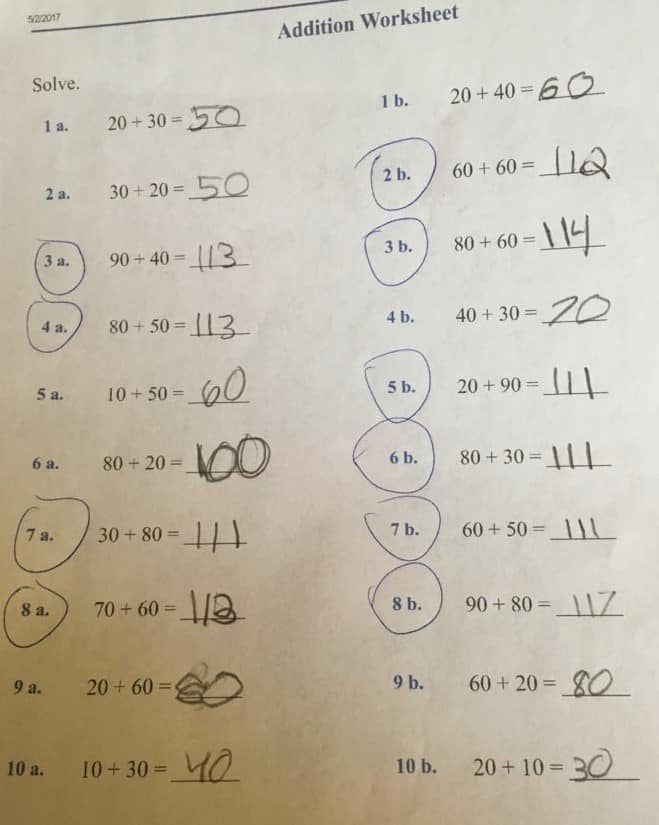
Below is her STAR math test score six months into the Edublox Program. She tested in the 15th percentile:
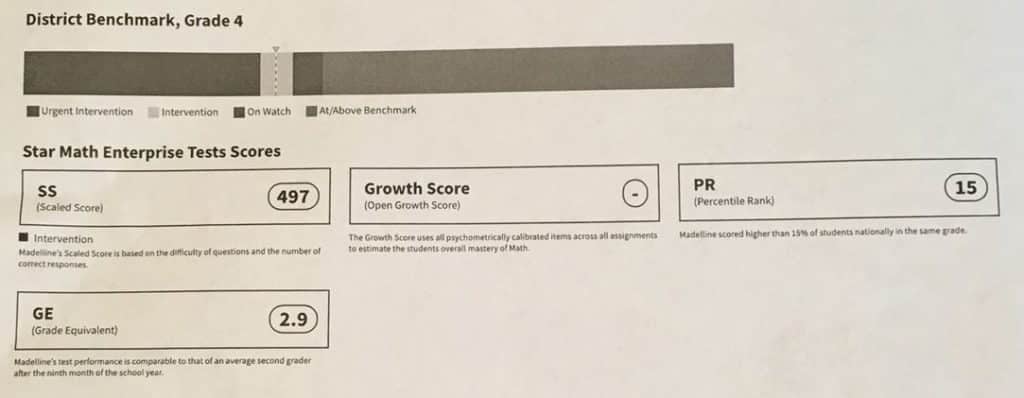
Maddie’s neuropsychological reassessed her eight months after she began the Edublox Program. Below are the results of her math scores on the WIAT-III. She now tested in the 19th percentile (average) for Mathematics and in the 30th percentile (average) for Math Fluency:

The neuropsychologist wrote:

Below is Maddie’s STAR math test score after being on the program for ten months and six months after Edublox was discontinued. She now tested in the 41st percentile:
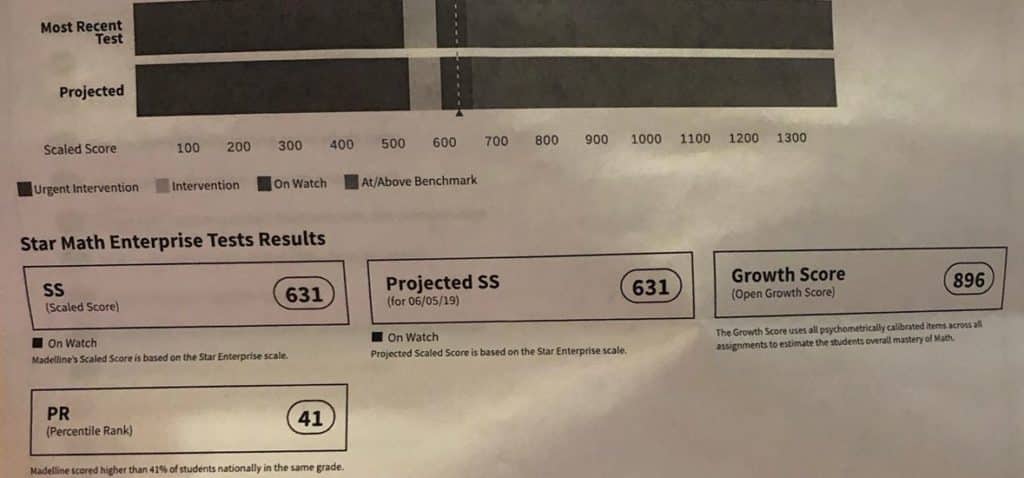
Edublox offers live online tutoring to students with dyscalculia and other learning disabilities. Our students are in the United States, Canada, Australia, and elsewhere. Book a free consultation to discuss your child’s learning needs.
Authored by Susan du Plessis (B.A. Hons Psychology; B.D.), an educational specialist with 30+ years of experience in learning disabilities.
Medically reviewed by Dr. Zelda Strydom (MBChB).
